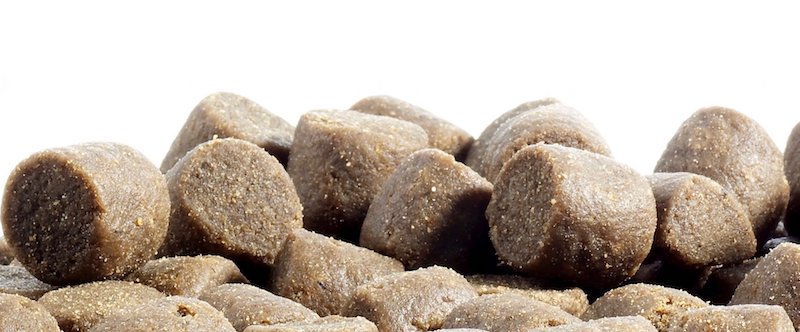
News & Views
Study points to fishmeal as source of antibiotic-resistance genes
September 14, 2017 By Liza Mayer
 In an industry first In an industry first
In an industry first In an industry firstWhy are there antibiotic-resistance genes in sediment at the bottom of fish farms that never used antibiotics or have not used them for years?
Researchers from Dalian University of Technology in China knew from previous studies that fish food, which generally incorporates fishmeal, can contain antibiotics. And fishmeal is typically made from low-value fish and seafood byproducts.
Thus the researchers, led by Jing Wang, set out to measure the abundance of antibiotic-resistance genes in the fishmeal.
In an industry first, the researchers analyzed commercially available fishmeal and found 132 antibiotic resistance genes, some of which could potentially confer resistance to common antibiotics.
Lab testing showed that the application of fishmeal to marine farm sediment samples changed the make-up of bacteria species, boosting potential human pathogenic bacteria (Vibrio species), which contribute to foodborne illnesses worldwide. It also increased the abundance and diversity of antibiotic resistance genes in the test sediments. The results suggest that fishmeal product could itself be a reservoir of these bits of DNA and could promote their distribution globally, they said.
The researchers say more work is needed to determine if these resistance traits can find their way into the human food chain.
Print this page
Advertisement
- Canadian government reverses decision to cut salmon enhancement programs on west coast
- New genetic tool helps identify SRS-resistant coho broodstock





